Classification of development of computers is done in the following way based on the use of hardware.
Depending on the hardware usage, the computer is divided into different generations.
First Generation Computers ( 1942-1955 )
Vacuum Tubes were used in the manufacture of first generation computers.
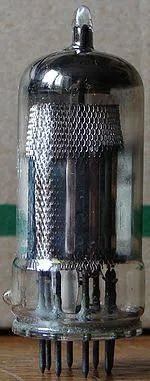 |
Vacuum tube |
Software was prepared in machine language and low level program ming language.
Punch cards and paper tape were used for storage of data and software.
The computer's time or speed was calculated in milli-second (ms). I (1 ms = 3 ^ (- 10) or 1/1000 sec).
The first generation computer was used in research and military operations.
They were larger in size (bulky) and more energy consuming. Their storage capacity was low and speed was slow. There was also a possibility of error in them. Therefore, their operation was an expensive task.
They had to be kept in an air-conditioned environment due to the heat produced by the vacuum tube.
Mark-1 of ENIAC, Univac and IBM (IBM) are examples of this.
In 1952, Dr. The invention of the assembly language (A8 sembly language) by Grace Hopper made it easier to write programs.
Second Generation Computers ( 1955-64 )
Second-generation computers used semiconductor transistors instead of vacuum tubes that were relatively light, small, and low power consuming.
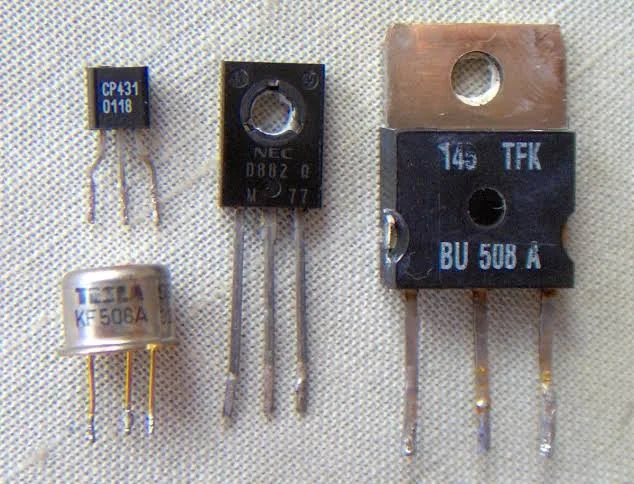 |
| Transistor |
Software for computers was prepared in High Level Assembly Language. Mnemonics Code is used to write programs in assembly language that are easy to remember. So it is easy to create software in assembly language.
Magnetic storage divices such as magnetic tapes and magnetic disks began to be used as memory for storing data and software. This increased storage capacity and computer speed.
The speed of processing of the computer was accelerated which was now measured in micro second - us. (Ius = 10 Sec or one millionth part of 1 second).
Use of computer started in business and industry.
Batch Operating System was introduced.
In software, high-level language such as COBOL - Common Business Oriented Language and FORTRAN Formula Translation was developed by IBM. This made it easier to write programs.
Extra Facts
Transister was invented in 1947 by John Vardin, William Shakley, and Walter Brayton of Bell Laboratories at Bell Laboratories. A transistor made of semiconductor material silicon (Si) or germanium (Ge) is a rapid switching device.
Third Generation Computers ( 1964-1975 )
In third generation computers, the use of Integrated Circuit Chip instead of transistors started. SSI (Small Scale Integration) and later MSI (Medium Scale Integration) were developed which enabled the manufacture of hundreds of electronic devices, such as transistors, registers and capacitors, in an integrated circuit chip.
Keyboards and monitors were used as input and output devices respectively. It became easy to insert data and instructions into the computer using the key board.
Storage capacity of magnetic tape and disk increased. Semi Conductor Stor age Devices developed. Computer speed increased due to RAM - Ran dom Access Memory.
The computer's computation time began to be measured in nano seconds (ns). This increased the efficiency of the computer. (I ns = 10 ^ (- 9) Sec)
Commercial and personal use of computers started.
PL-1 (PL / I), Pascal (PAS CAL) and Vesic (BASIC) were developed in higher level language.
The Time Sharing Op erating System was developed.
Separate sales of hardware and software began. This enabled the user to take the software as required.
The first commercial mini computer (Programmed Data Processor - 8) was developed by DEC - Digital Equipment Corpo ration in 1965.
Extra Facts
The Integrated Circuit (IC) was developed in 1958 by Jack Kilby and Robert Noyce. This technology, made on the surface of silicon, was named Micro Electronics. These chips are made of semiconductor material silicon (Si) or germanium (Ge).
Fourth Generation Computers ( 1975-1989 )
Micro-processors were used in fourth generation computers. LSI (Large Scale Integration) and VLSI (Very Large Scale Integration) increased the capacity of micro processors.
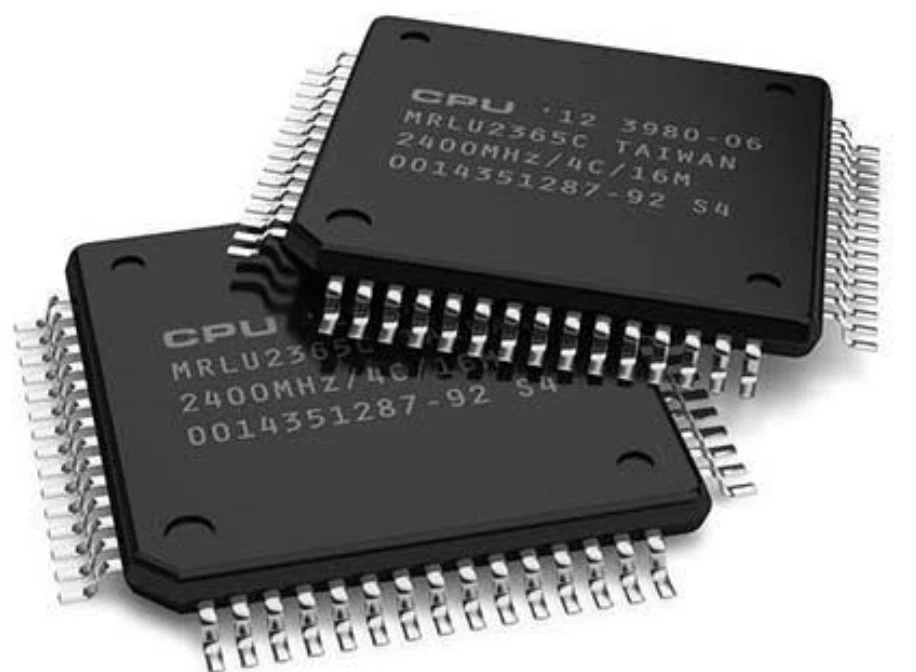 |
| माइक्रो प्रोसेसर |
The computer's computation time began to be measured in Pico second - ps. (1 ps = 10 ^ (- 12) Sec)
The use of micro-processors made it possible to develop extremely small and handheld computers.
Due to multitasking, computers were used to perform many tasks simultaneously.
The micro-processor was developed by ME Hauf in 1971. This led to the development of personal computers.
Semi conductor memory was replaced by magnetic disks and tapes.
Increased RAM capacity made work extremely fast.
High-speed computer networks (networks) such as LANs and WANs were developed.
Parallel Computing and Multimedia started in circulation.
In 1981, IBM developed a microcomputer called PC - Personal Computers.
The development of a graphical user interface (GUI - Graphi cal User Interface) in software made the use of computers easier.
MS in Operating Systems DOS (MS - DOS), Microsoft Windows (MS - Windows) and Advanced Operating System (Apple OS) were developed.
The 'C' language evolved into a higher level language in which programming was simpler.
High-level language was standardized so that a program could be run on all computers.
Extra Facts
According to Moore's Law, the number of devices in a chip will double every 18 months.
In ULSI, 10 million electronic devices can be made on a single chip.
Fifth Generation Computers ( 1989 - Present )
ULSI (UltraLarge Scale Integration) and SLSI (Super Large Scale Integration) developed a micro processor chip consisting of millions of electronic devices.
This led to the development of extremely small and handheld computers whose computation capacity is extremely fast and high.
Due to multimedia and animation, computers started being used extensively for education and entertainment etc.
The development of the Internet and social media made possible a revolutionary change in the way information was exchanged and the way one approached others.
Optical discs for storage, such as CDs, DVDs, or Blu-ray Discs, developed with very high storage capacity.
The speed of the computer processor was made extremely fast by connecting two processors together and parallel processing.
In the field of networking, Internet, E-mail and WWW (www - world wide web) developed.
The concept of Information Technology and Information Highway developed.
Efforts are underway to put artificial intelligence capability in the new computer so that the computer can make decisions on its own. It is being used in Speech Recognition and Robotics.
Storage capacity increased with the use of magnetic bubble memory.
Portable PCs and desktop top PCs connected computers to almost every sphere of life.
Extra Facts
The integrated circuit was named Chip due to the size of the potato chip.
Next Generation Computer
Nano Computer :
The development of a very small and large capacity computer is envisaged using nano tubes that can have a diameter of up to 1 nano meter (1x10 m). Atomic Structure is used in nanotechnology.
Quantum Computer :
Energy in electrical rays is due to the presence of electrons. These electrons travel rapidly in their orbit. For this reason they can be counted in positions 1 and 0 simultaneously. Efforts are underway to develop computers that work faster than the human brain using this capability. Quantum theory of matter is used in this type of computer. In a normal computer, memory is measured in bits.
Whereas in a quantum computer it is measured in Qubit - Quantum Bit. DNA Computer: In this, data can be preserved and processed using biological material, such as DNA or Protein. It is also called Bio Computer. Chemical Computer: In this, chemical properties and concentrations of a substance can be used for calculation.
Various Info Conclusion
So friends, how did you like our post! Don't forget to share this with your friends, below Sharing Button Post. Apart from this, if there is any problem in the middle, then don't hesitate to ask in the Comment box. If you want, you can send your question to our email Personal Contact Form as well. We will be happy to assist you. We will keep writing more posts related to this. So do not forget to bookmark (Ctrl + D) our blog “www.variousinfo.co.in” on your mobile or computer and subscribe us now to get all posts in your email. If you like this post, then do not forget to share it with your friends. You can help us reach more people by sharing it on social networking sites like whatsapp, Facebook or Twitter. Thank you !


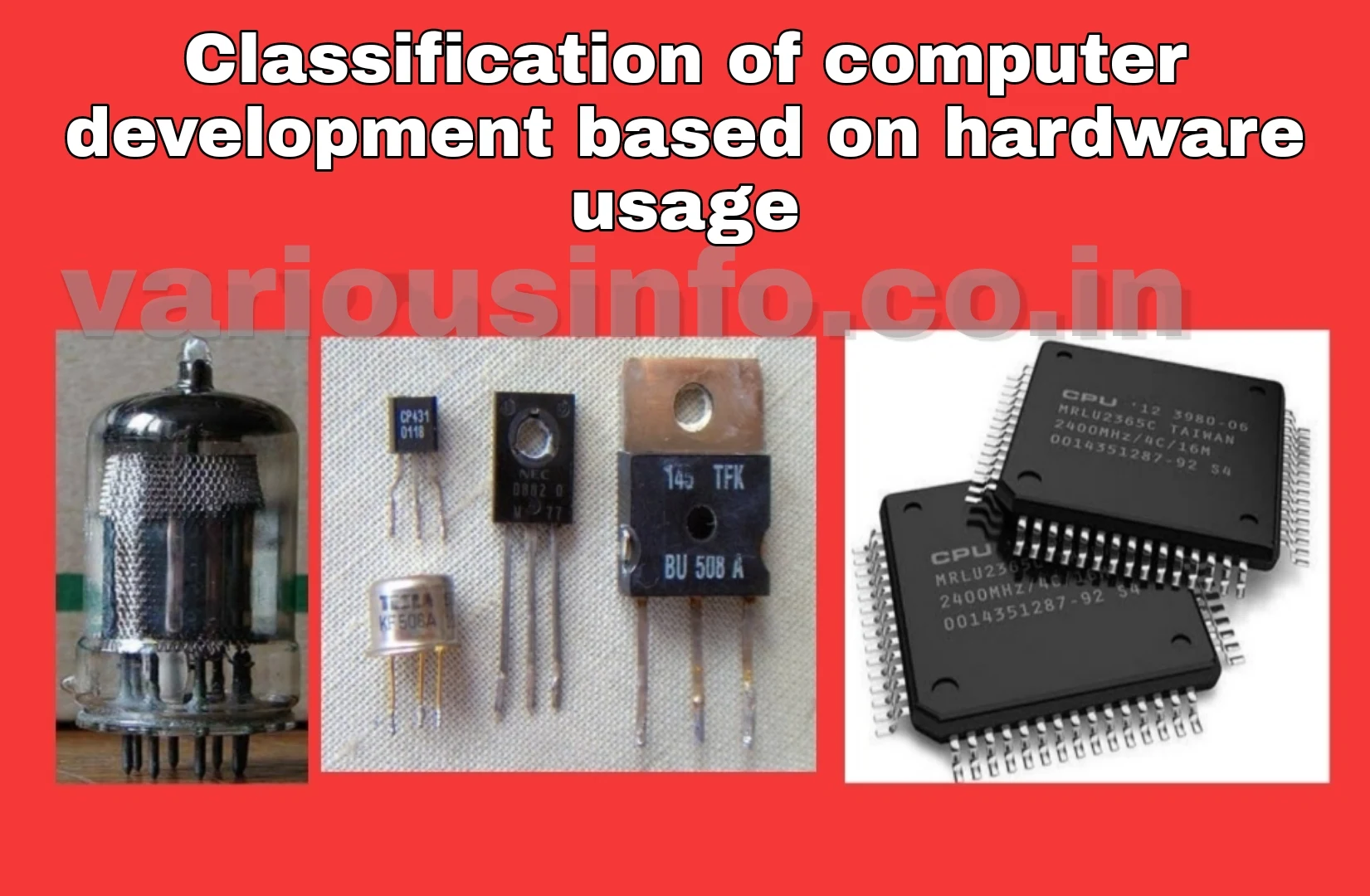
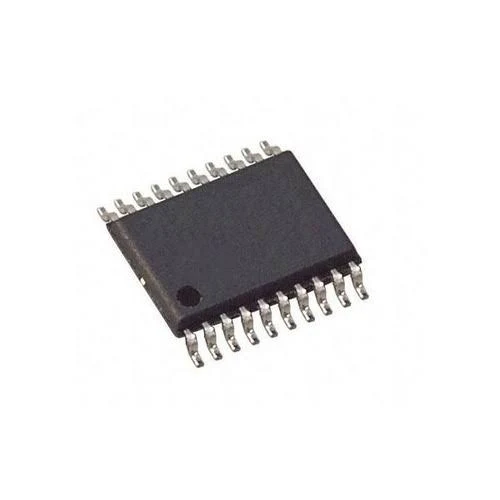




If you liked the information of this article, then please share your experience by commenting. This is very helpful for us and other readers. Thank you